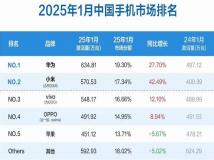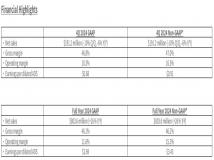在google中输入"mysql limit",得到的前两条记录内容是雷同的,其中有这样一段“//为了检索从某一个偏移量到记录集的结束所有的记录行,可以指定第二个参数为-1:mysql>SELECT*FROMtableLIMIT95,-1;//检索记录行96-
“//为了检索从某一个偏移量到记录集的结束所有的记录行,可以指定第二个参数为 -1:
 mysql> SELECT * FROM table LIMIT 95,-1; // 检索记录行 96-last.
”
mysql> SELECT * FROM table LIMIT 95,-1; // 检索记录行 96-last.
”这段其实是在误人子弟,来看看mysql的官方文档:http://dev.mysql.com/doc/refman/6.0/en/select.html
内容摘录如下:
The LIMIT clause can be used to constrain the number of rows returned by the SELECT statement. LIMIT takes one or two numeric arguments, which must both be non-negative integer constants (except when using prepared statements).
With two arguments, the first argument specifies the offset of the first row to return, and the second specifies the maximum number of rows to return. The offset of the initial row is 0 (not 1):
SELECT * FROM tbl LIMIT 5,10; # Retrieve rows 6-15
To retrieve all rows from a certain offset up to the end of the result set, you can use some large number for the second parameter. This statement retrieves all rows from the 96th row to the last:
SELECT * FROM tbl LIMIT 95,18446744073709551615;
With one argument, the value specifies the number of rows to return from the beginning of the result set:
SELECT * FROM tbl LIMIT 5; # Retrieve first 5 rows
In other words, LIMIT row_count is equivalent to LIMIT 0, row_count.
声明: 此文观点不代表本站立场;转载须要保留原文链接;版权疑问请联系我们。










